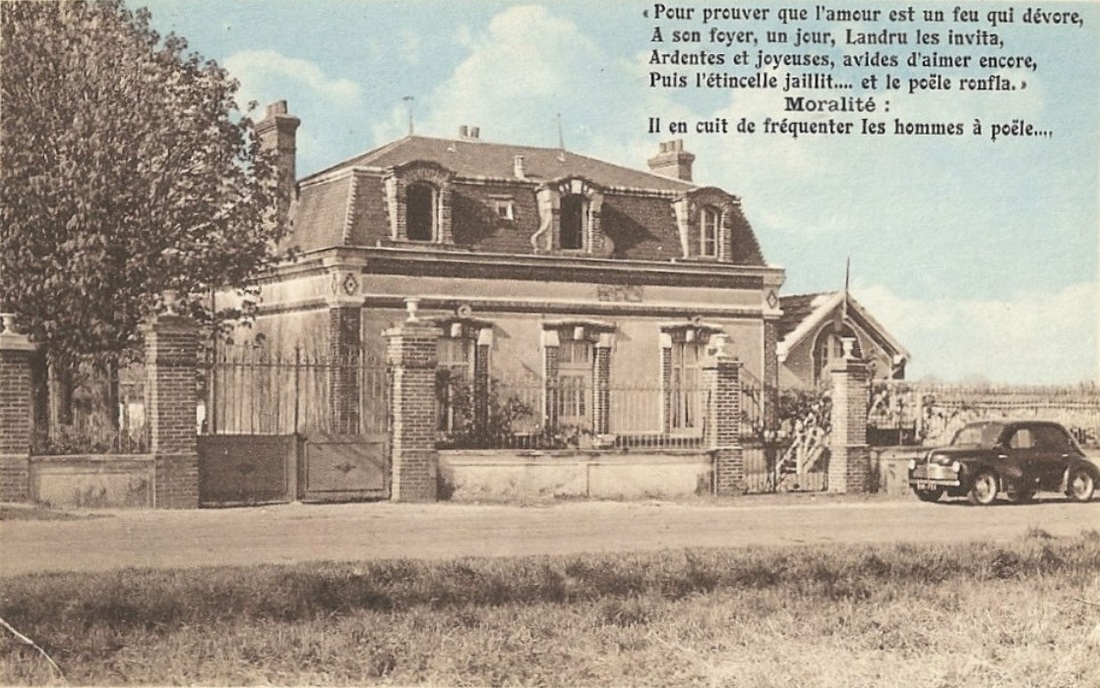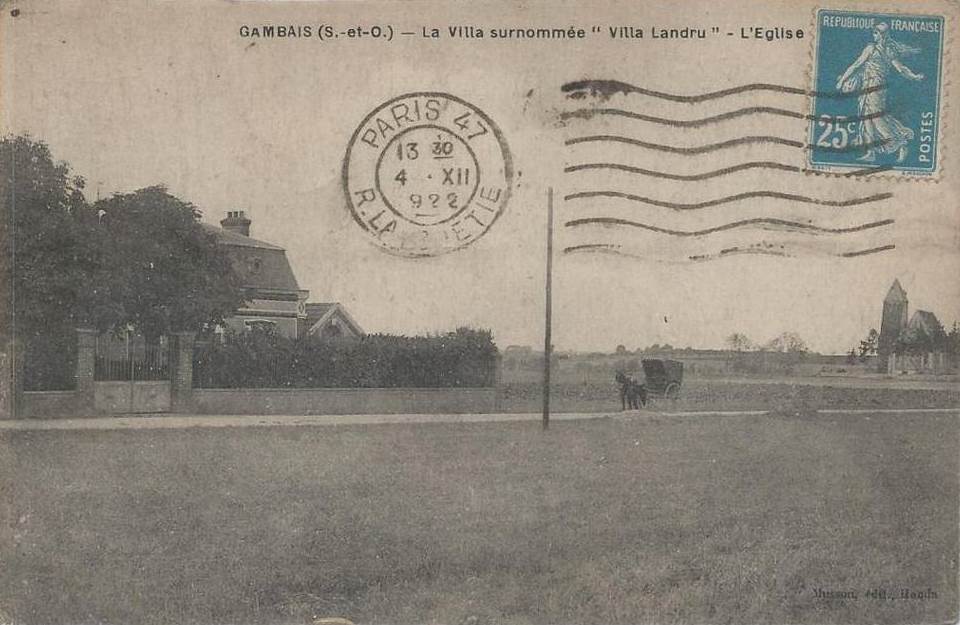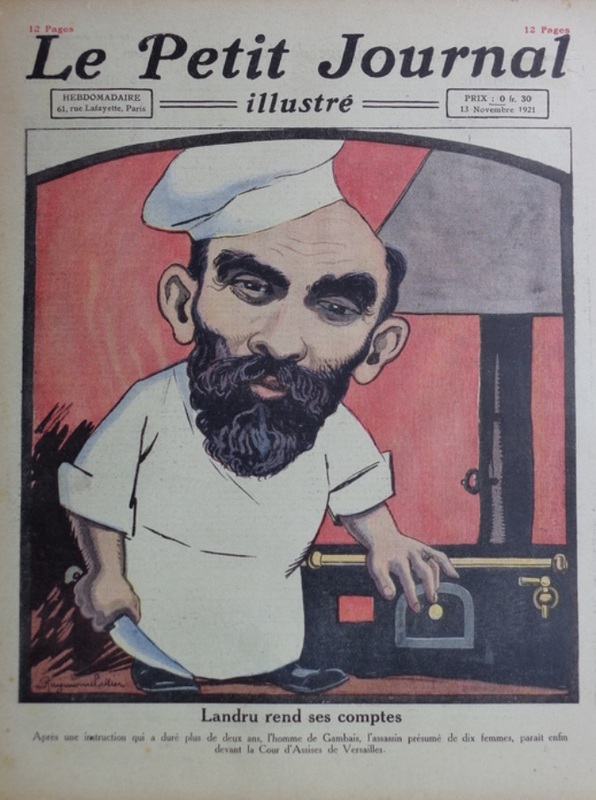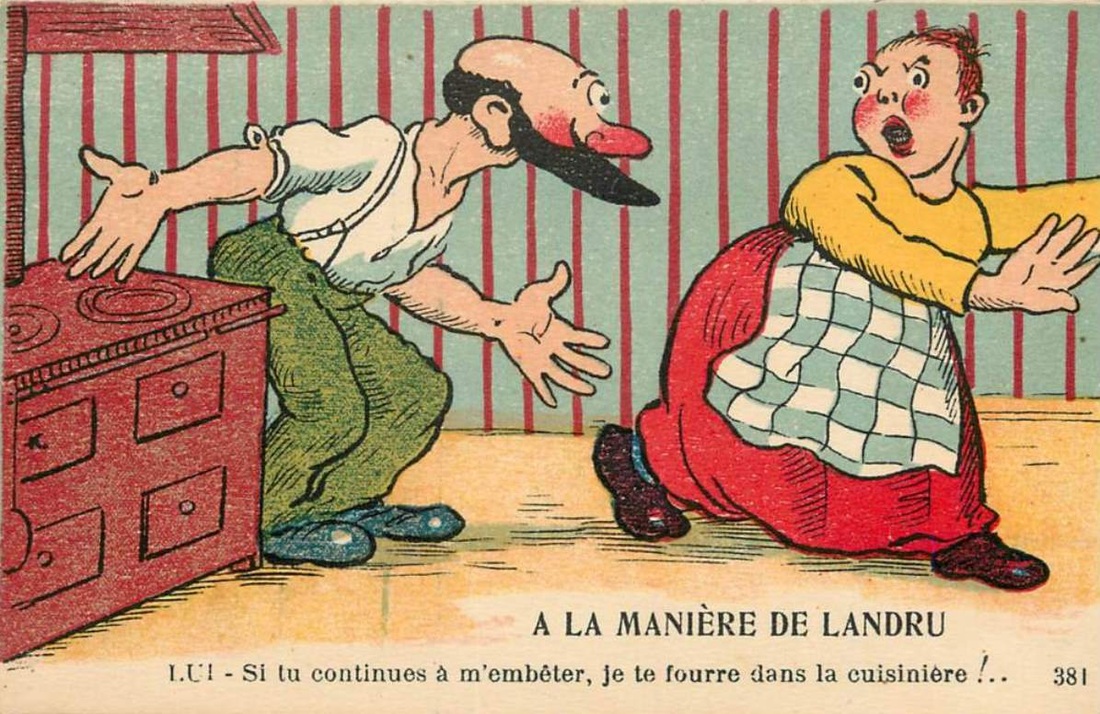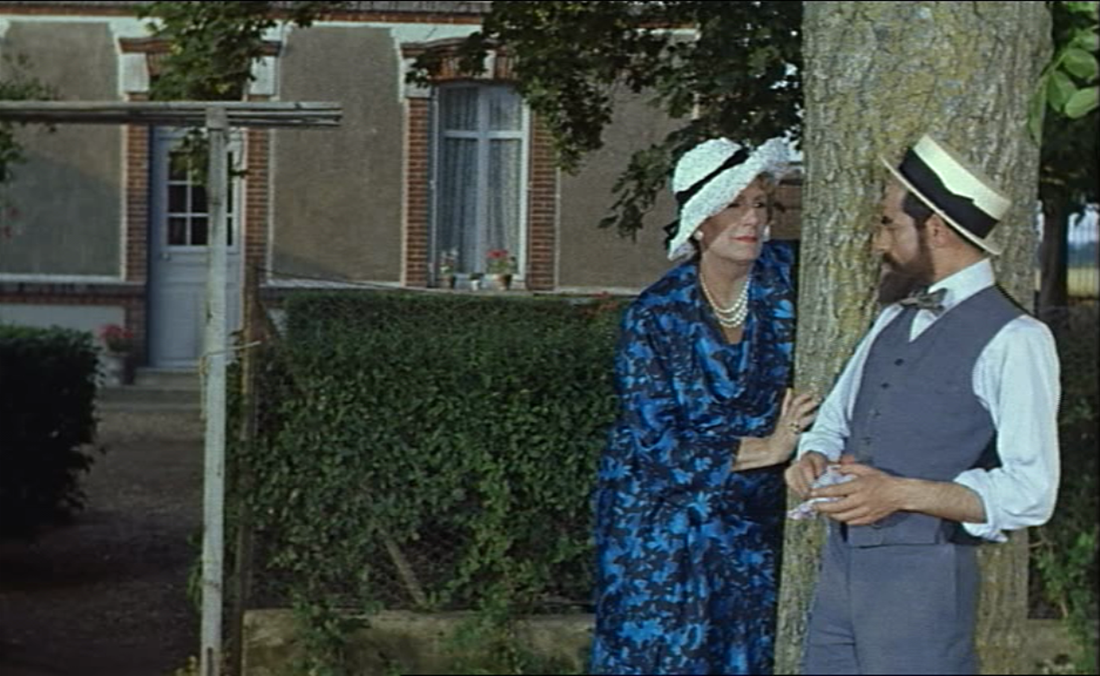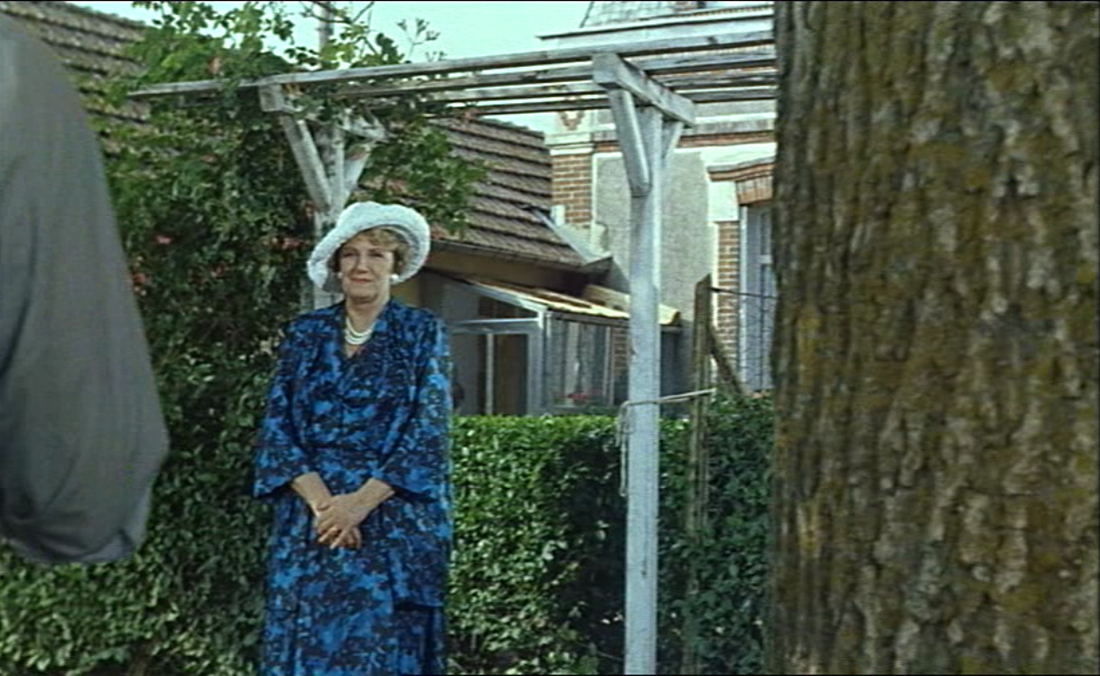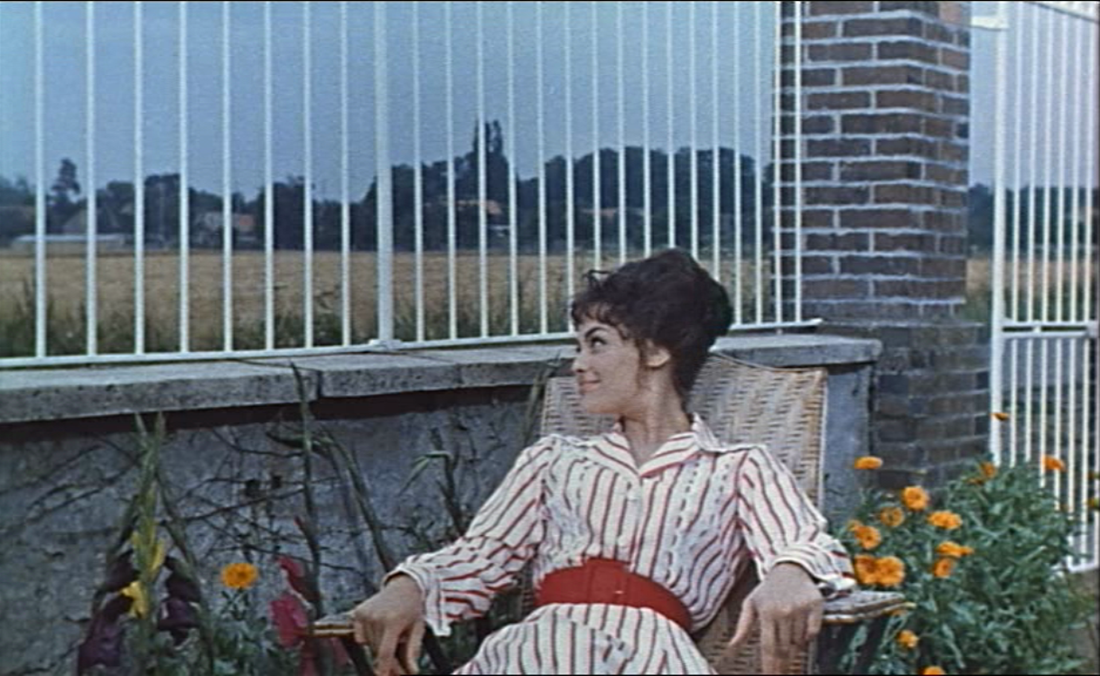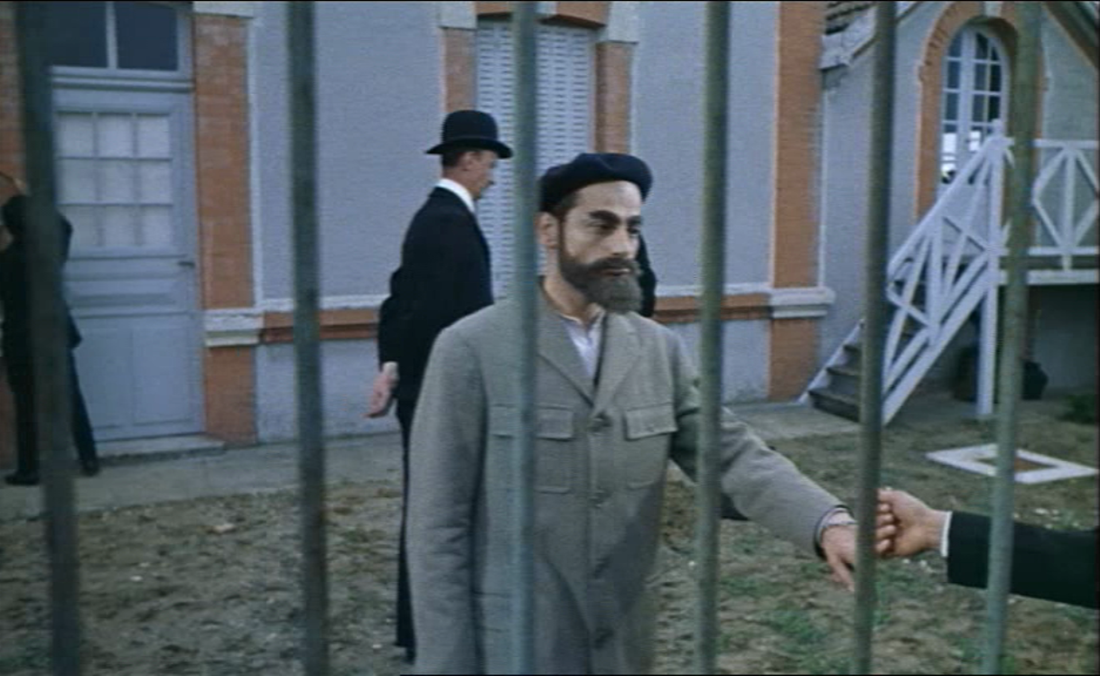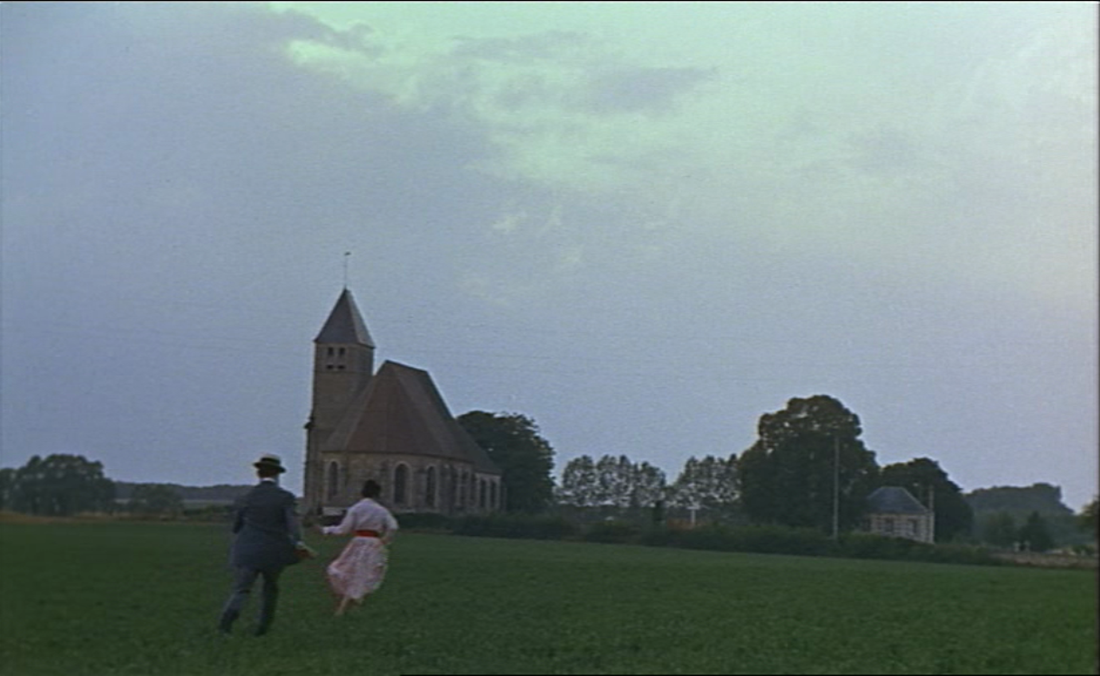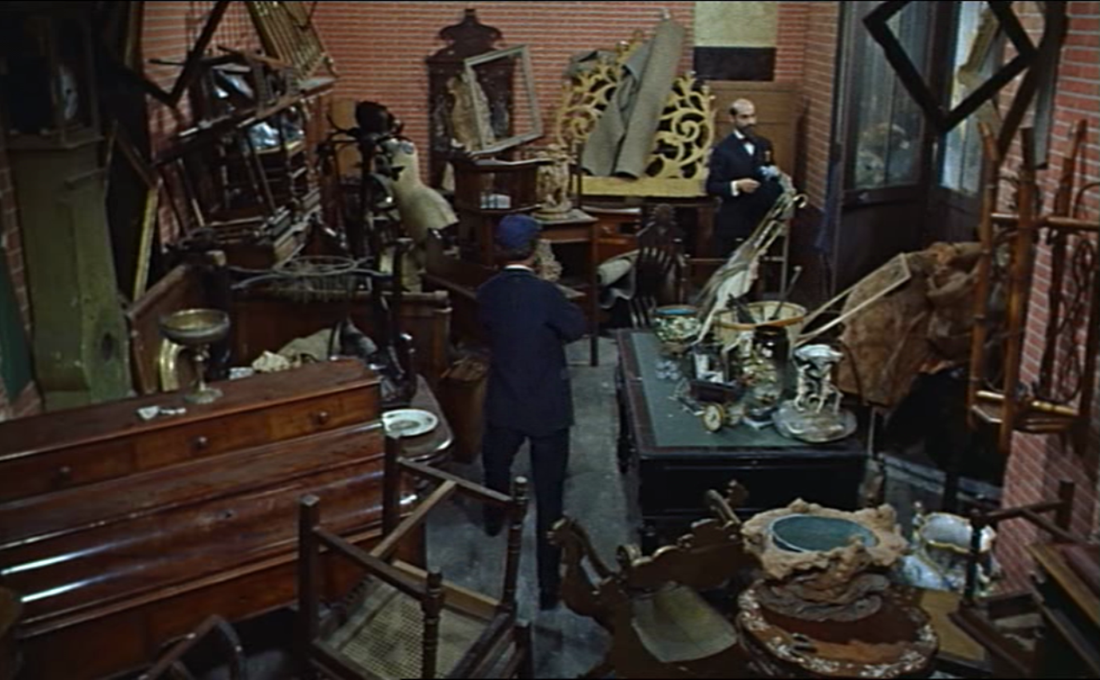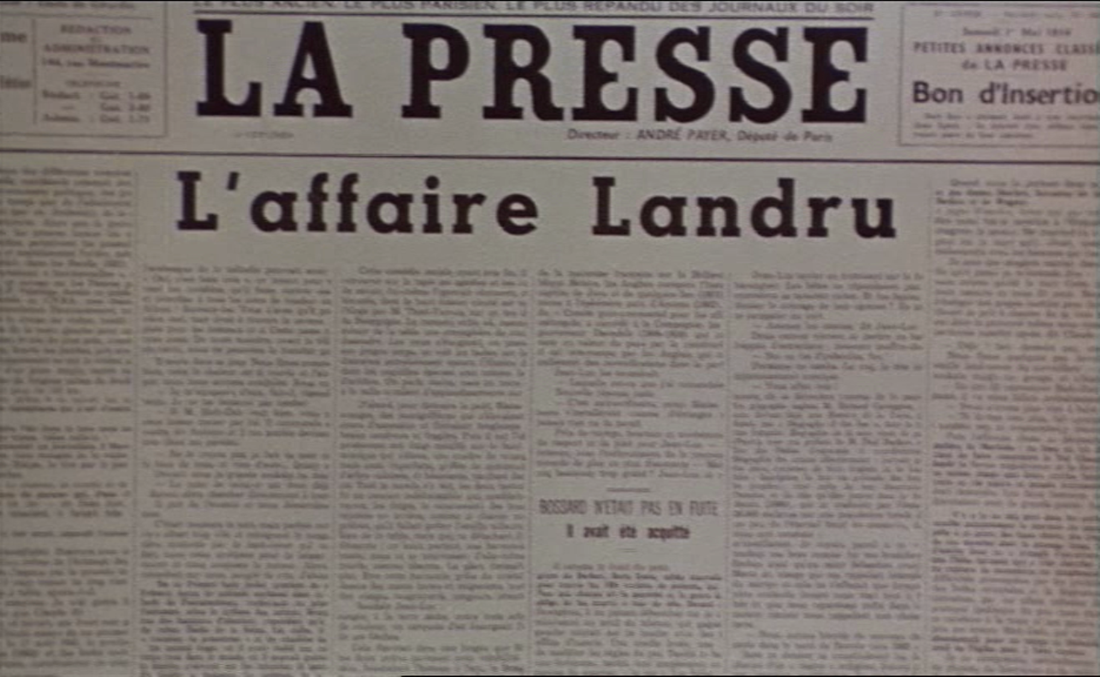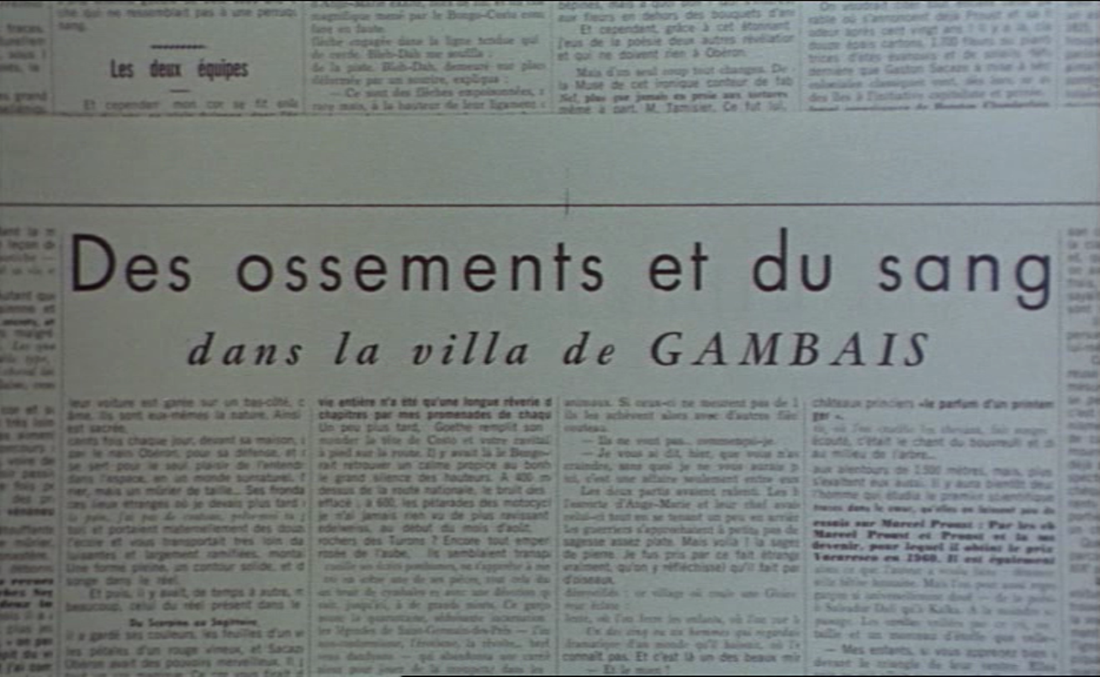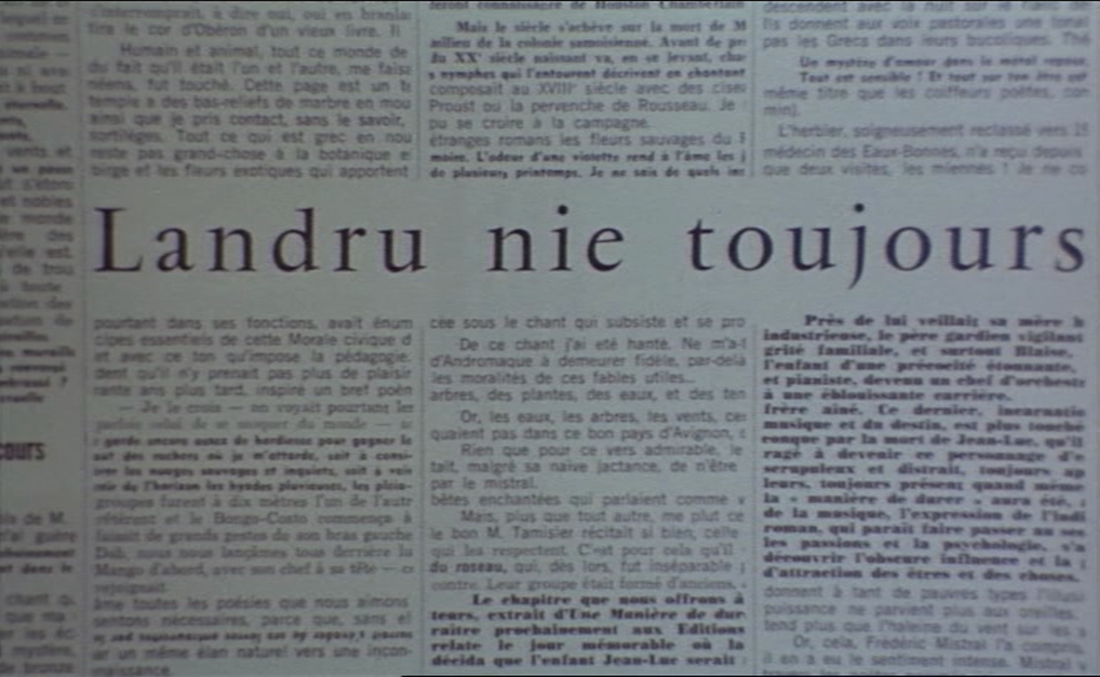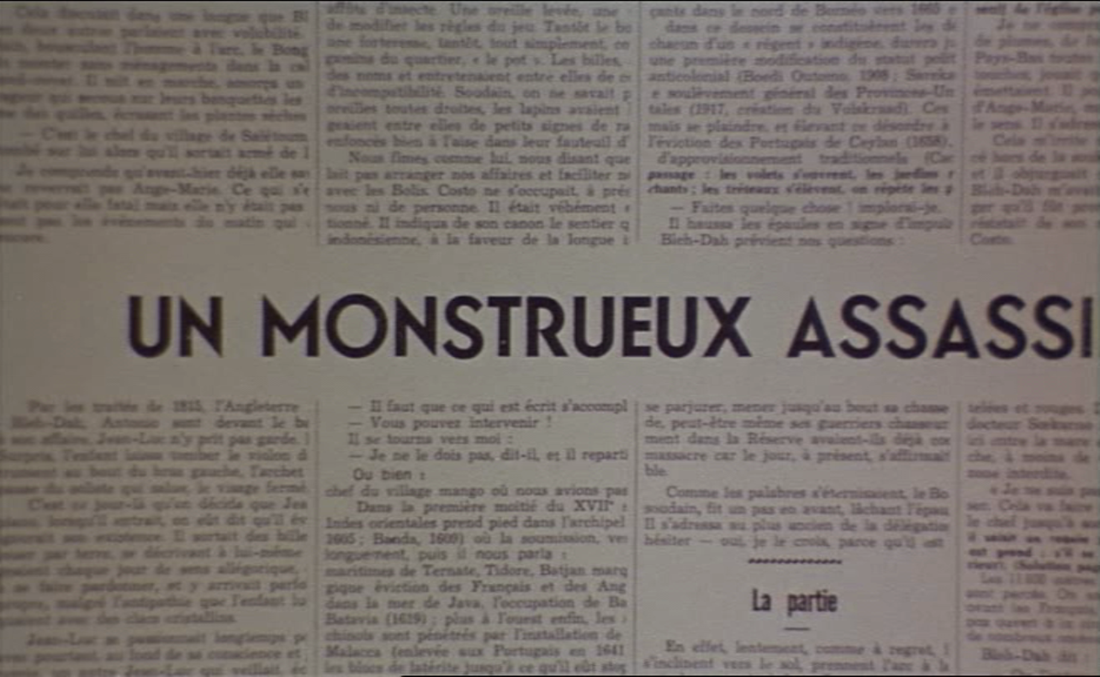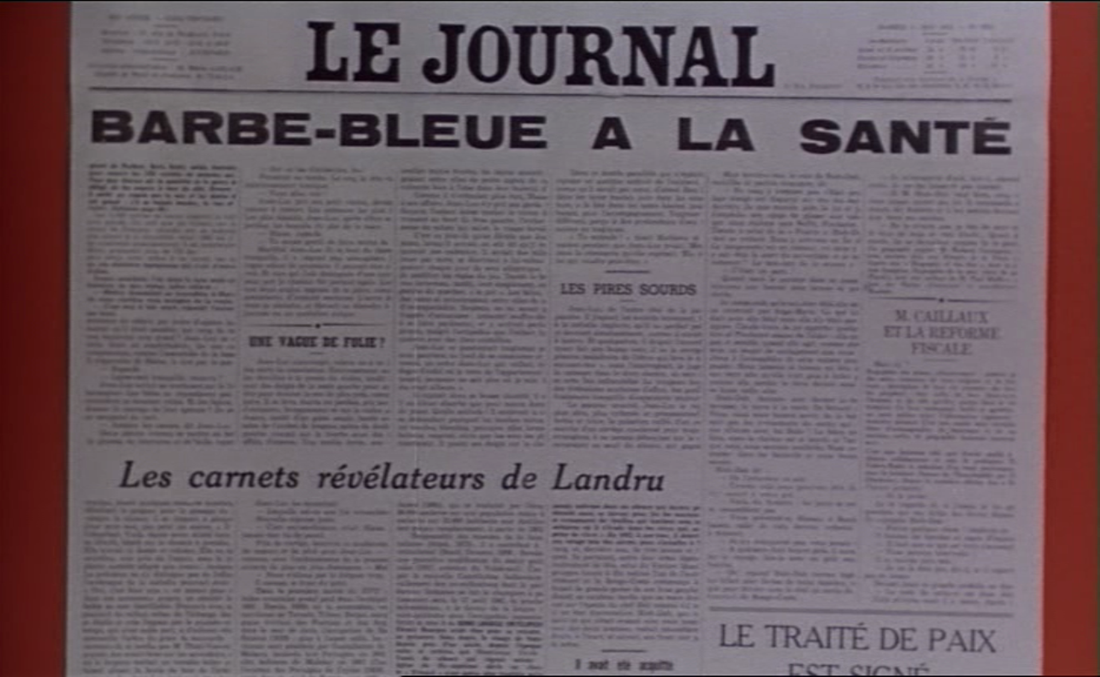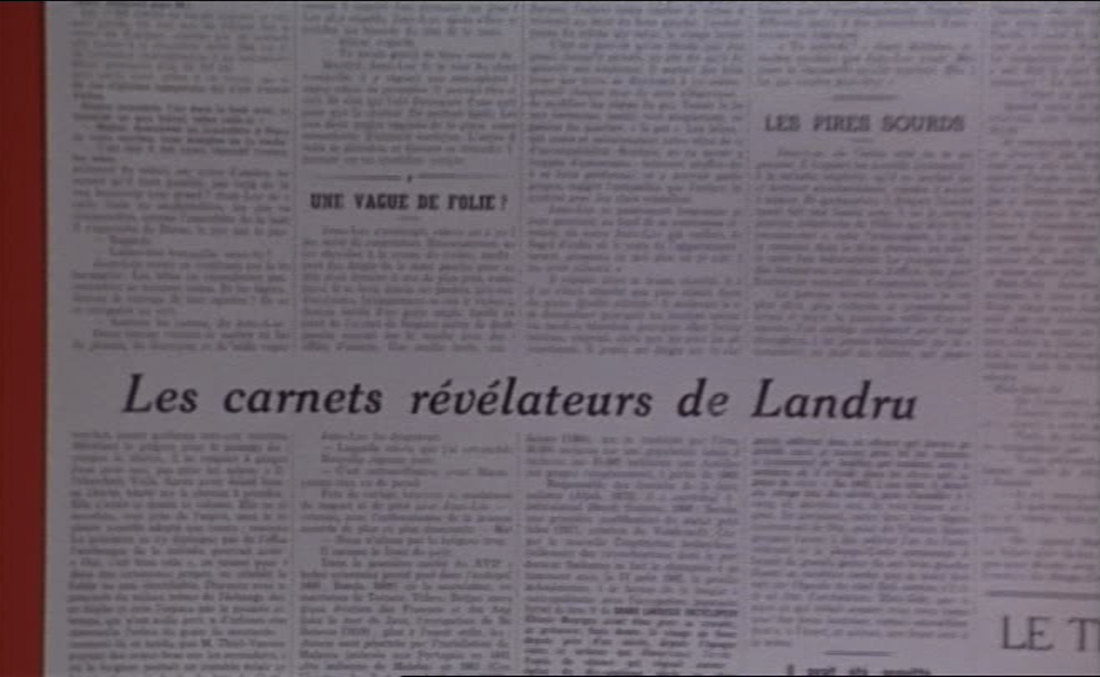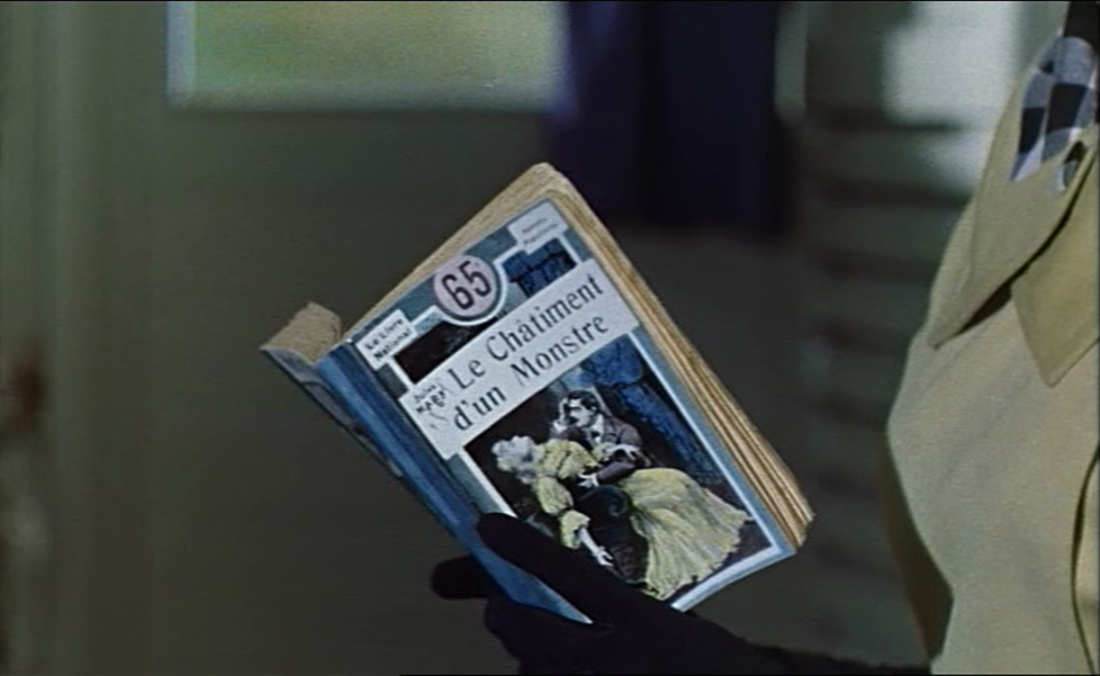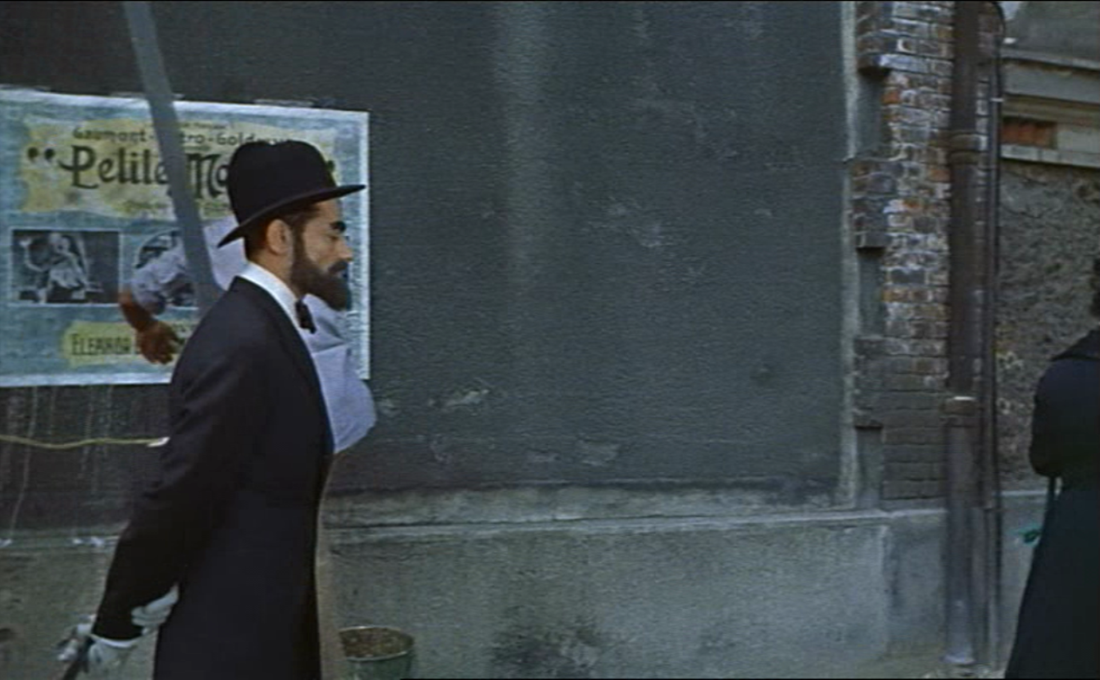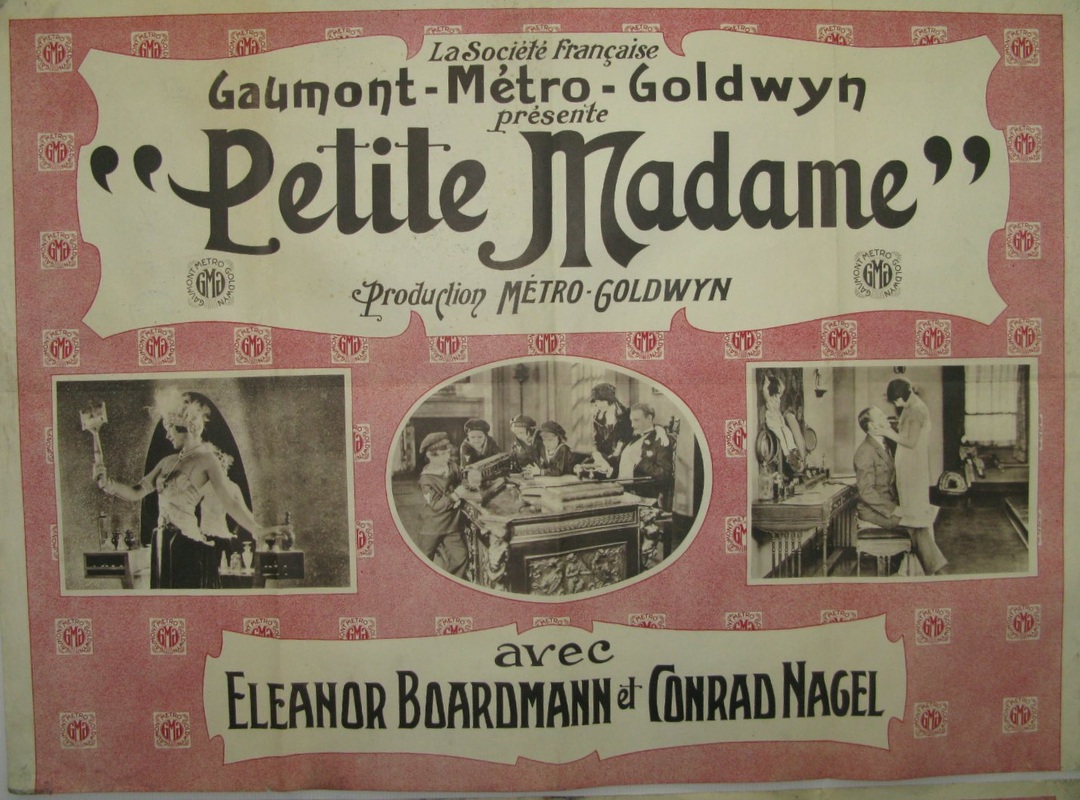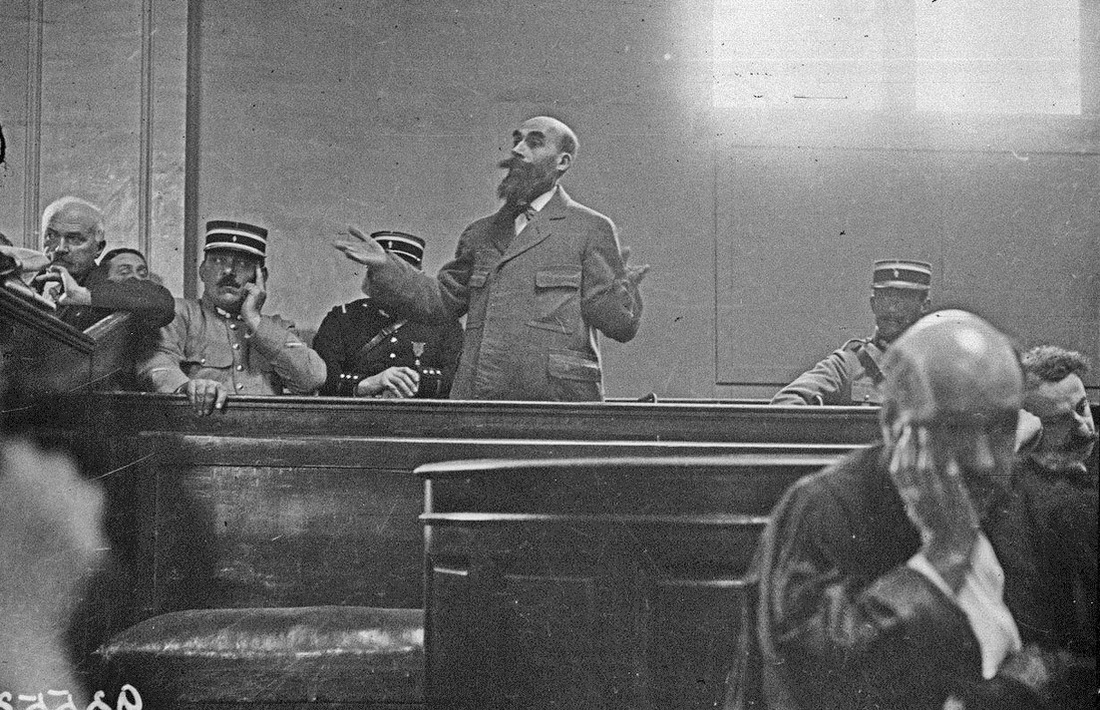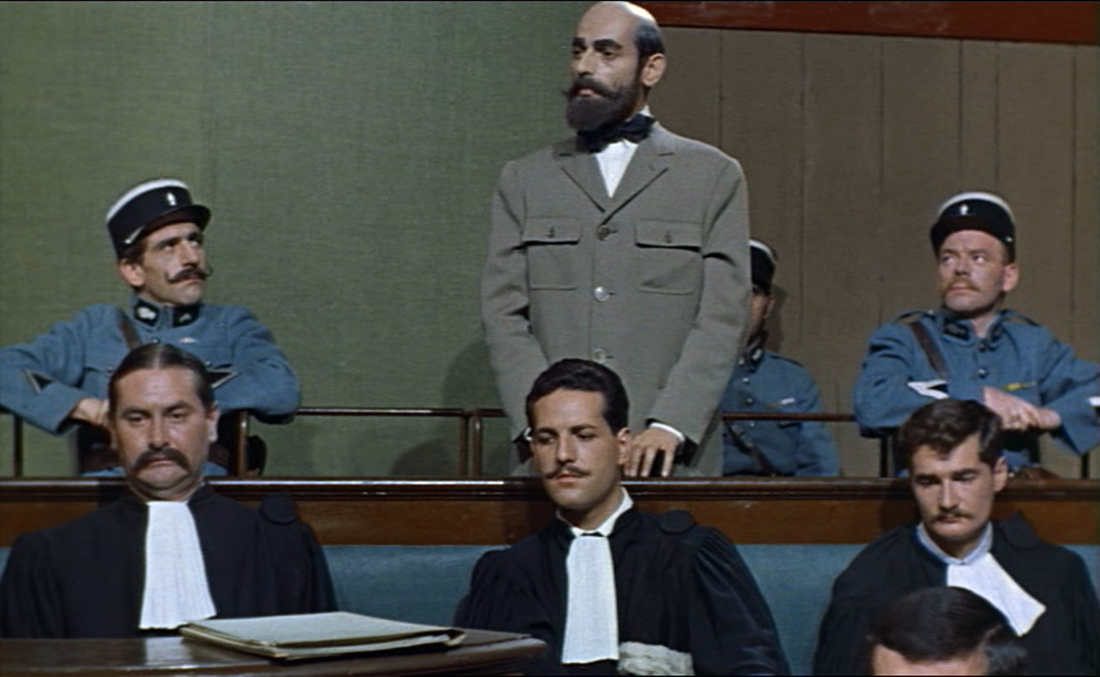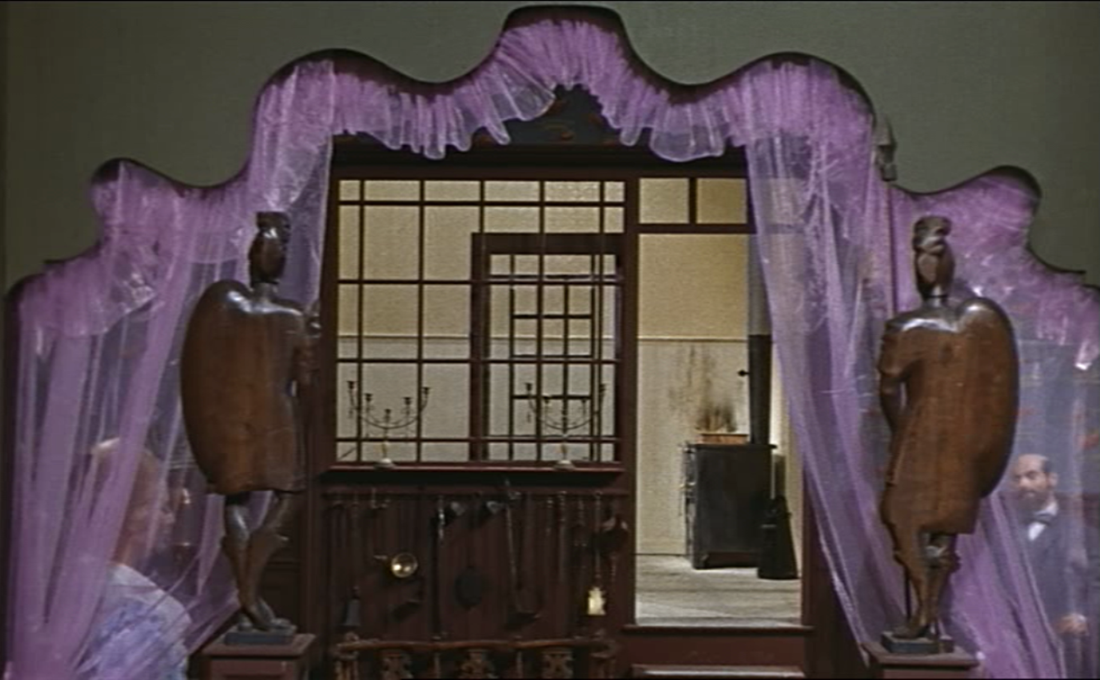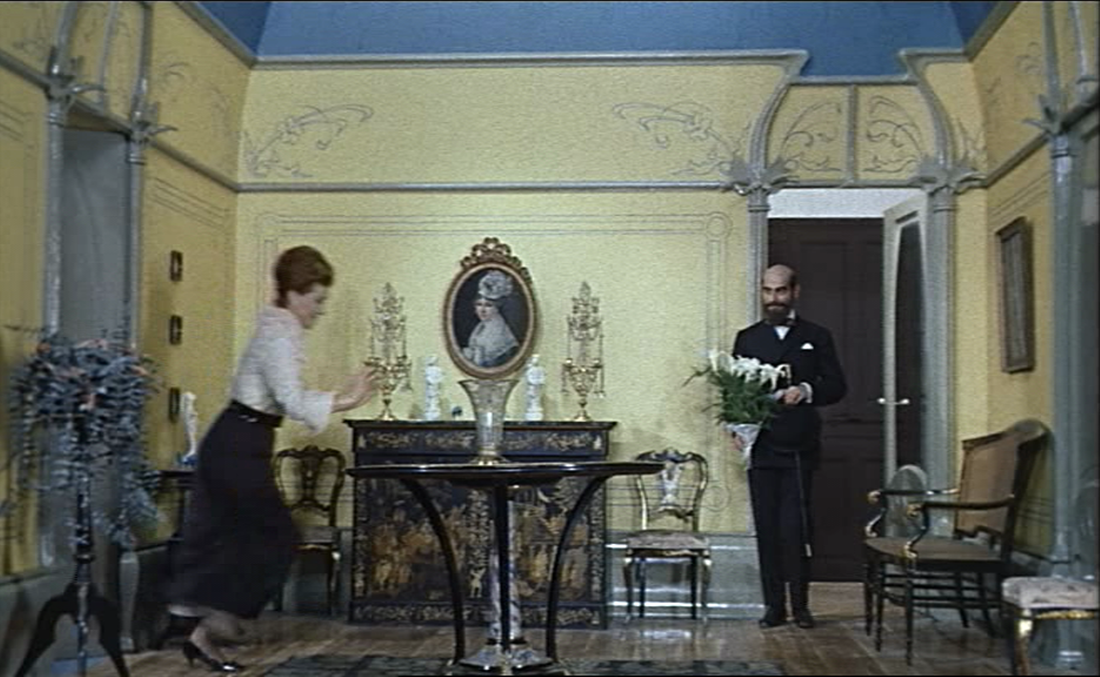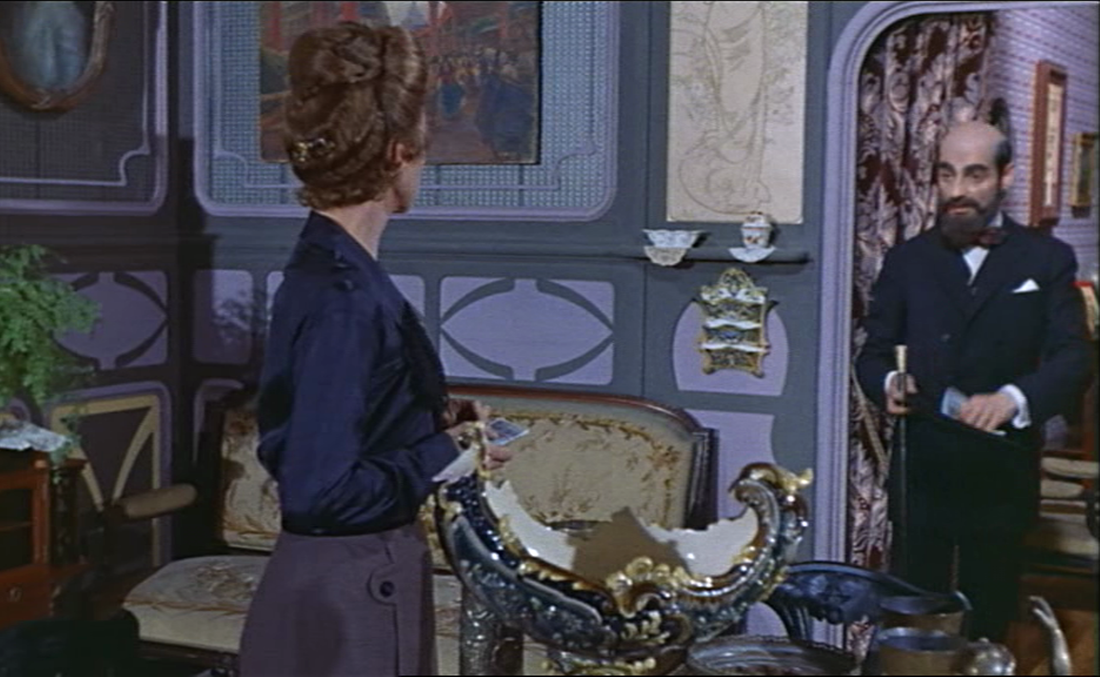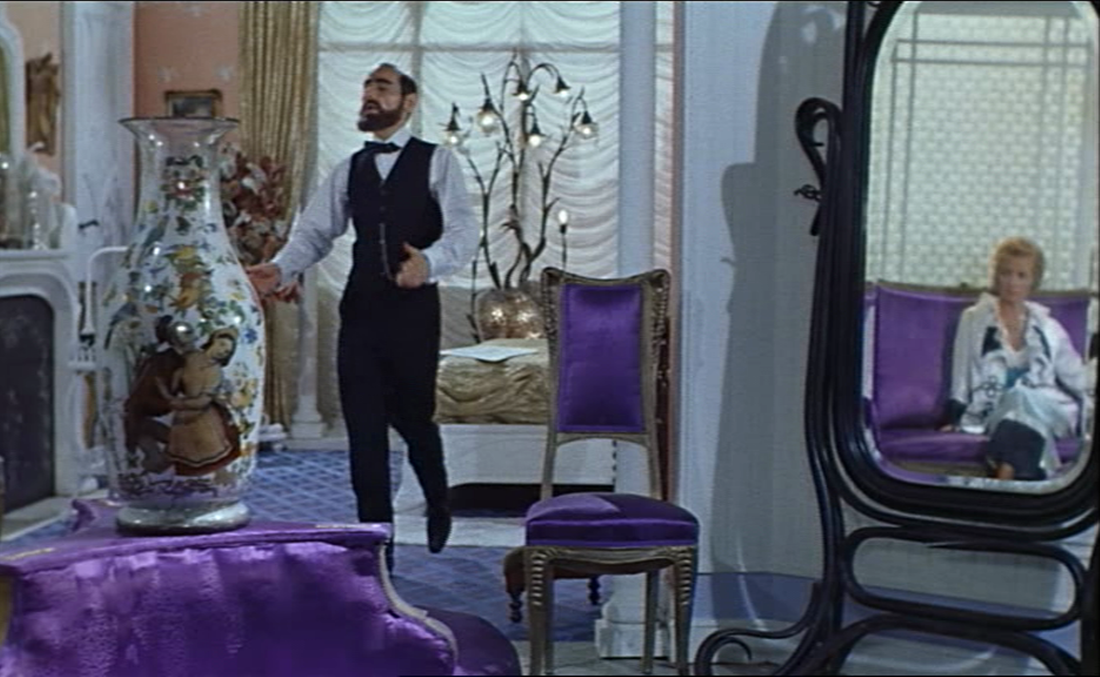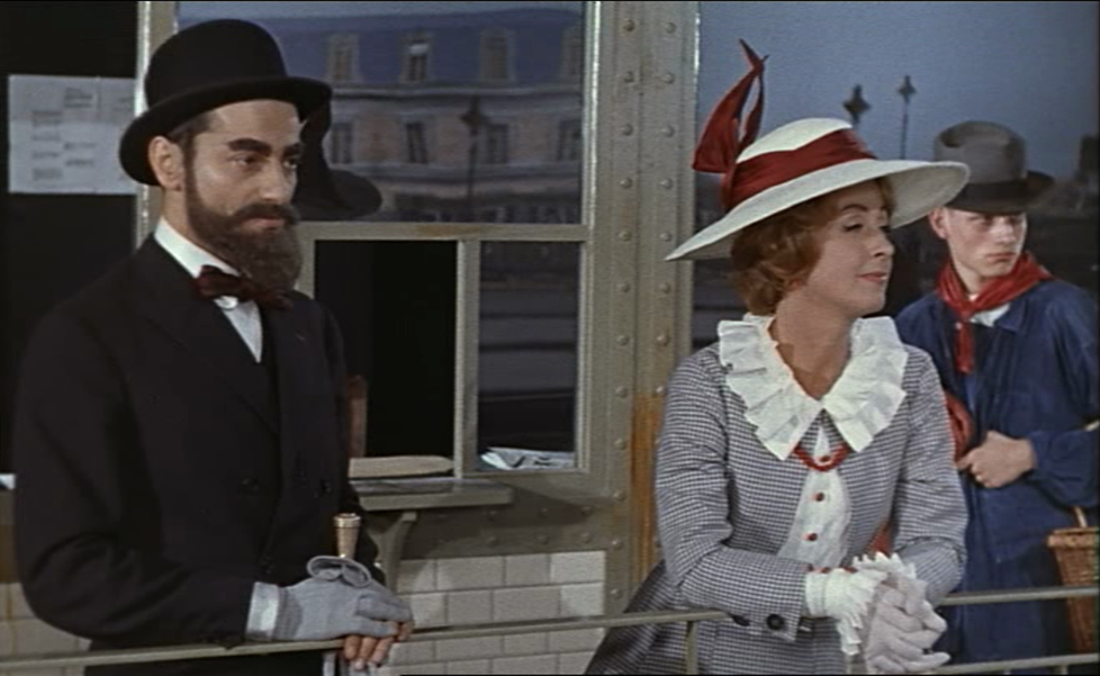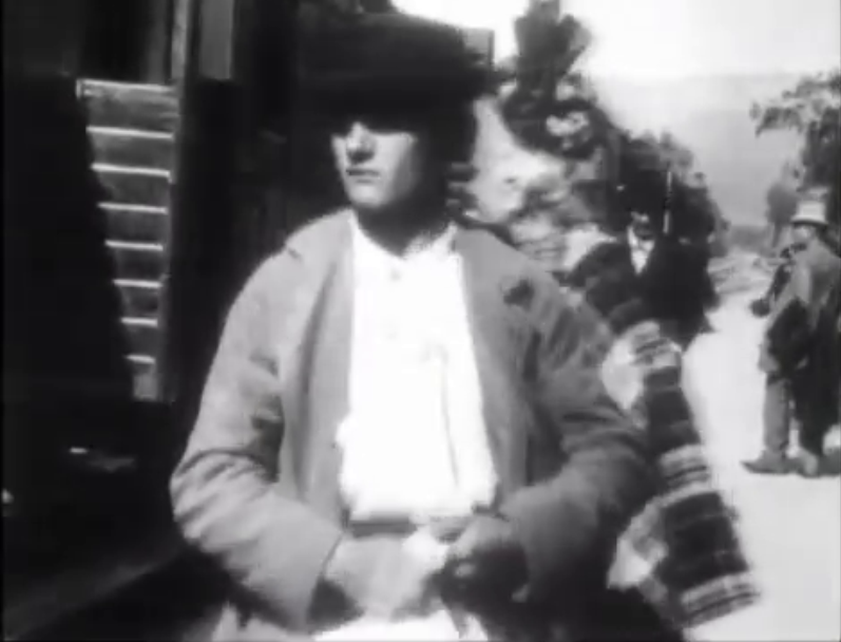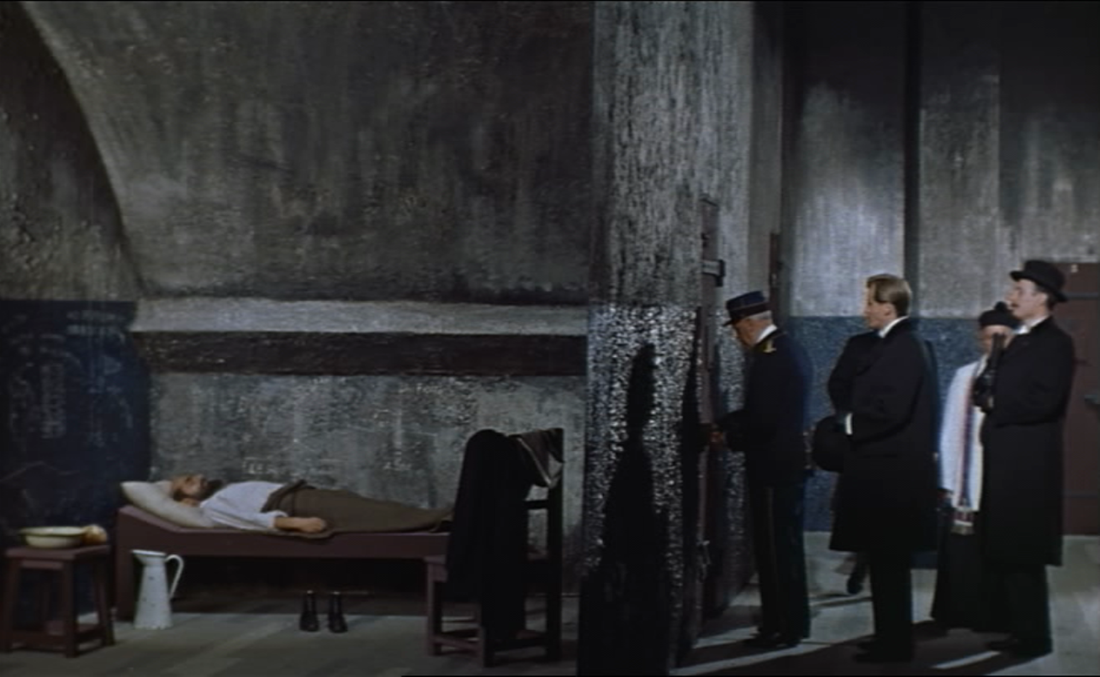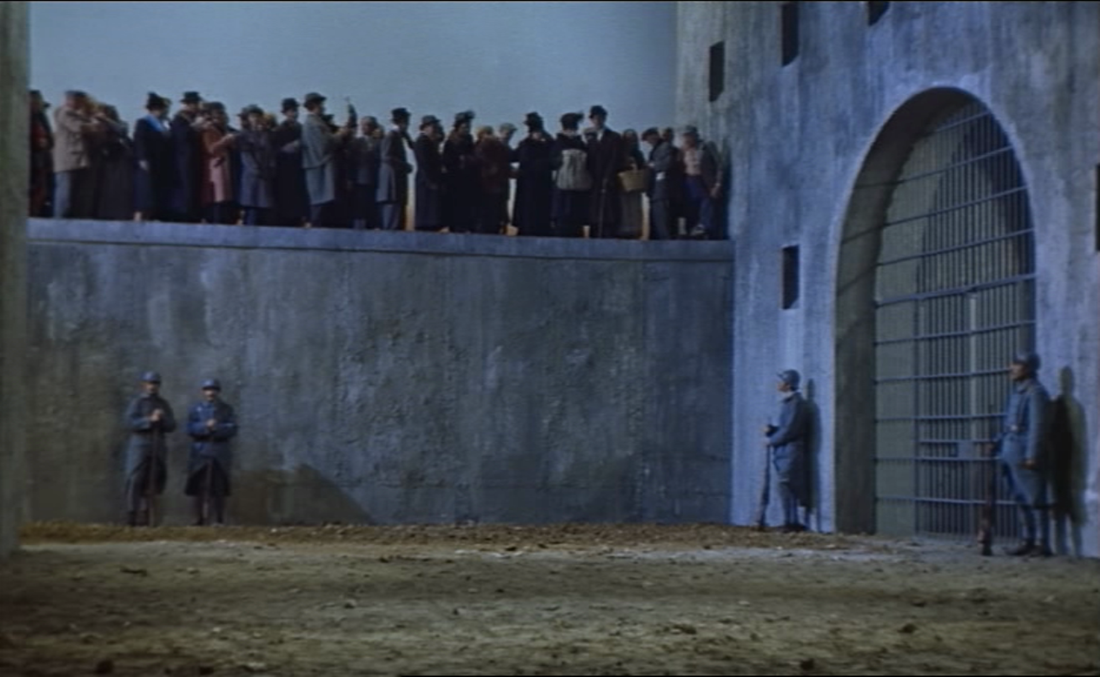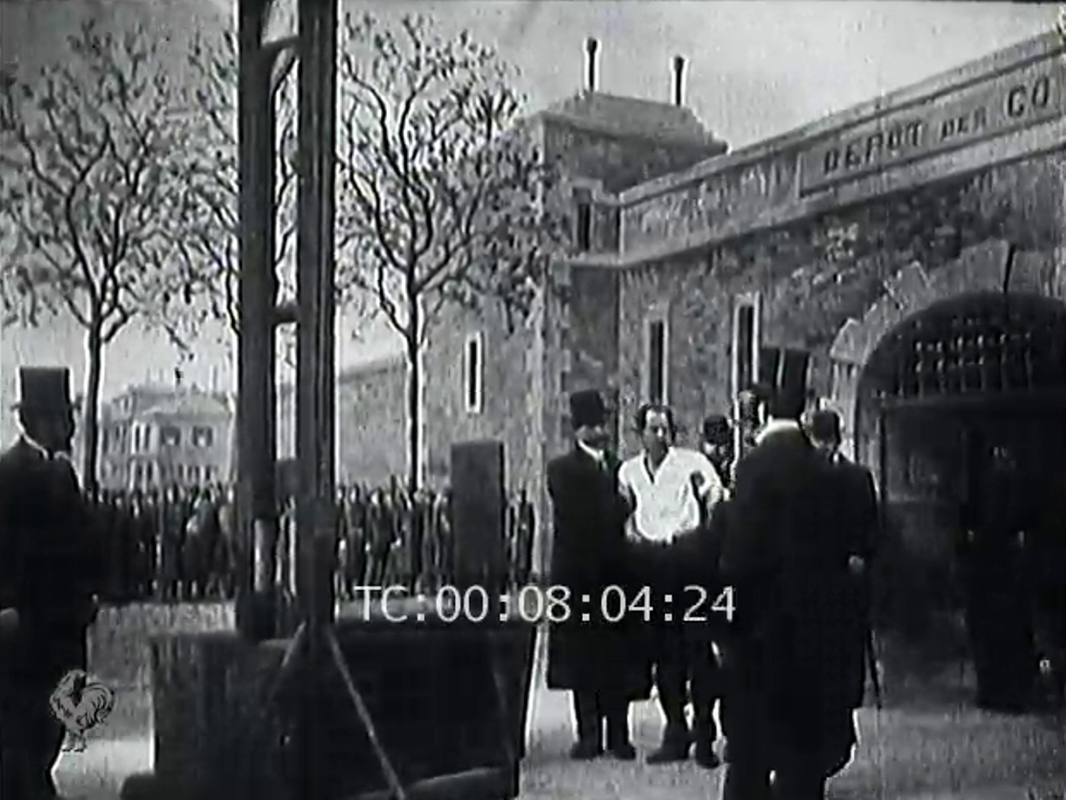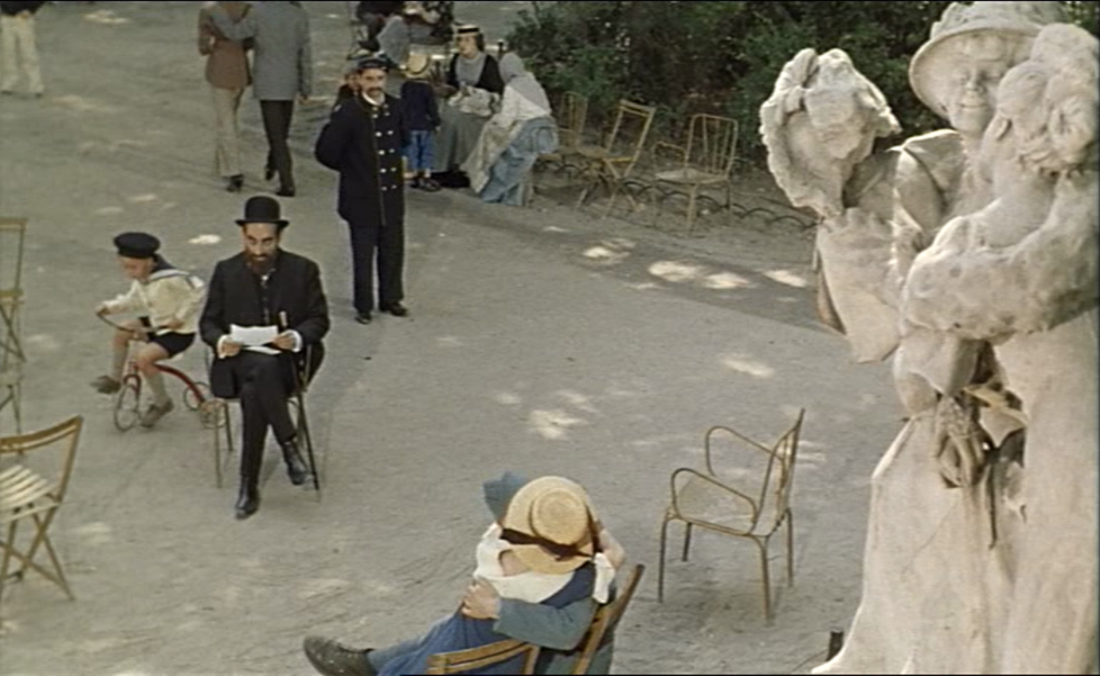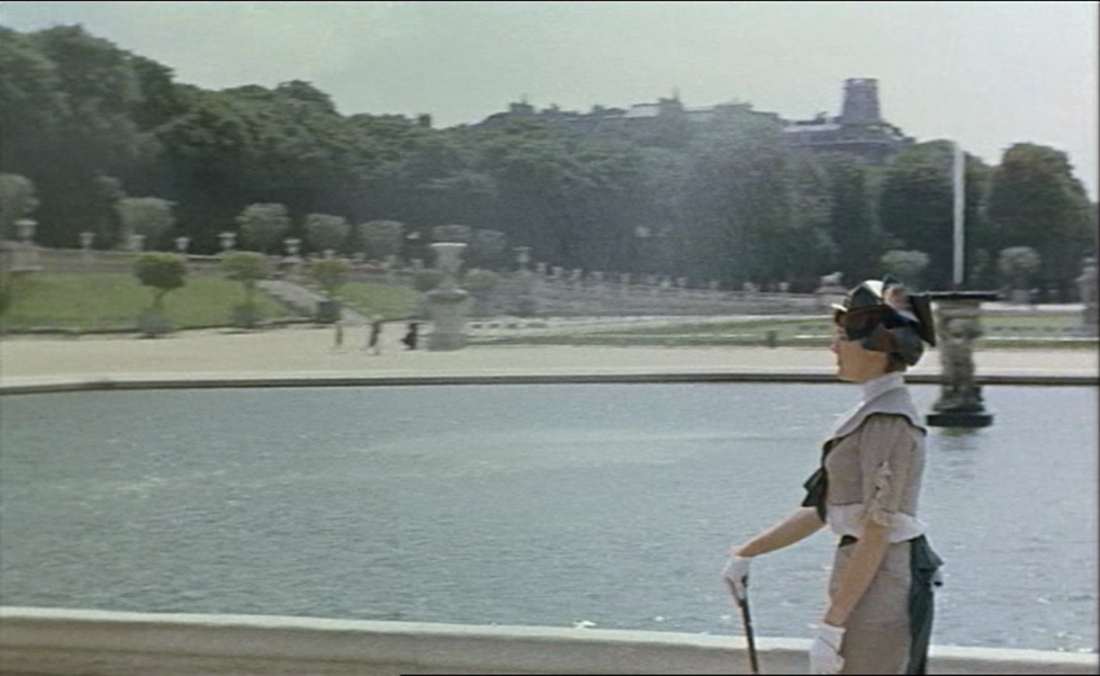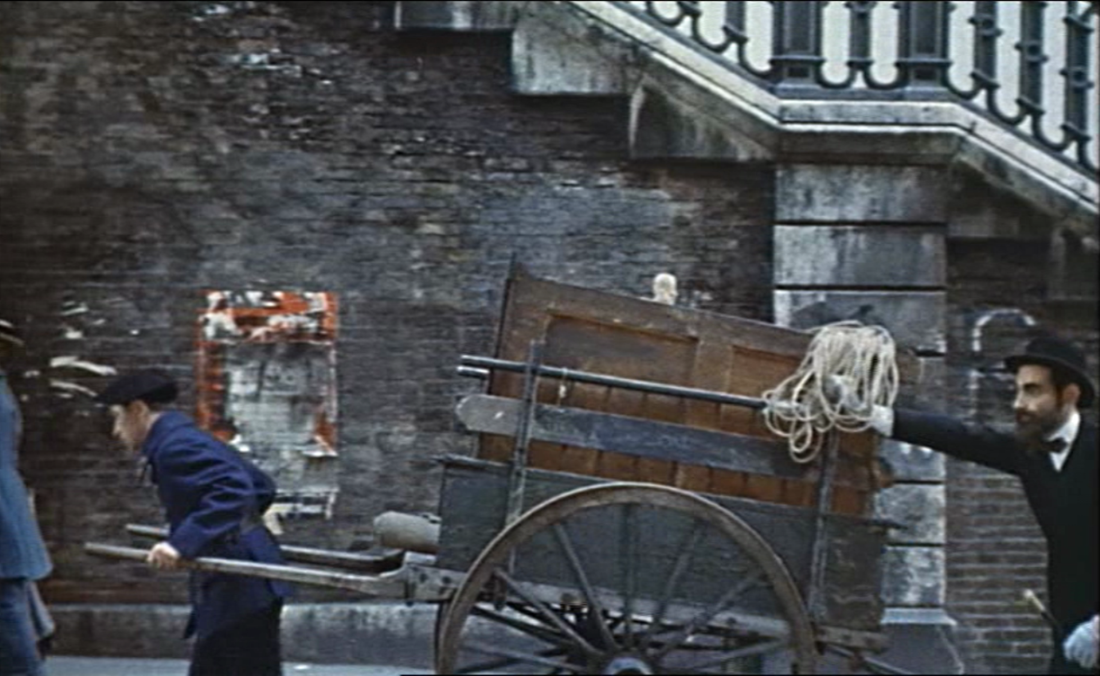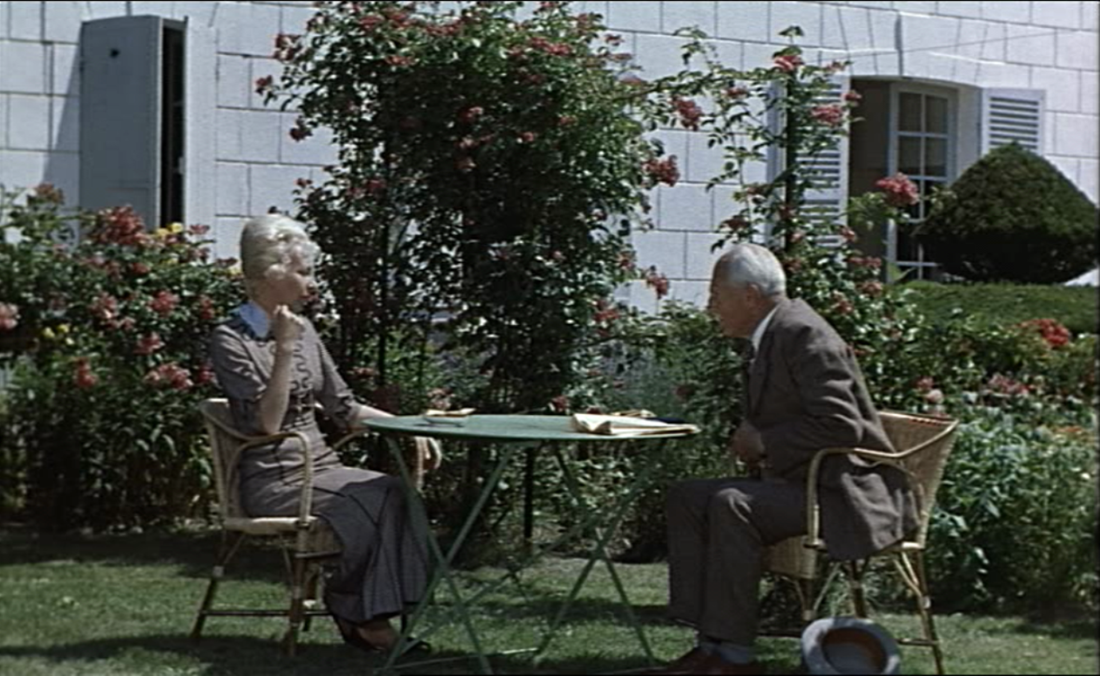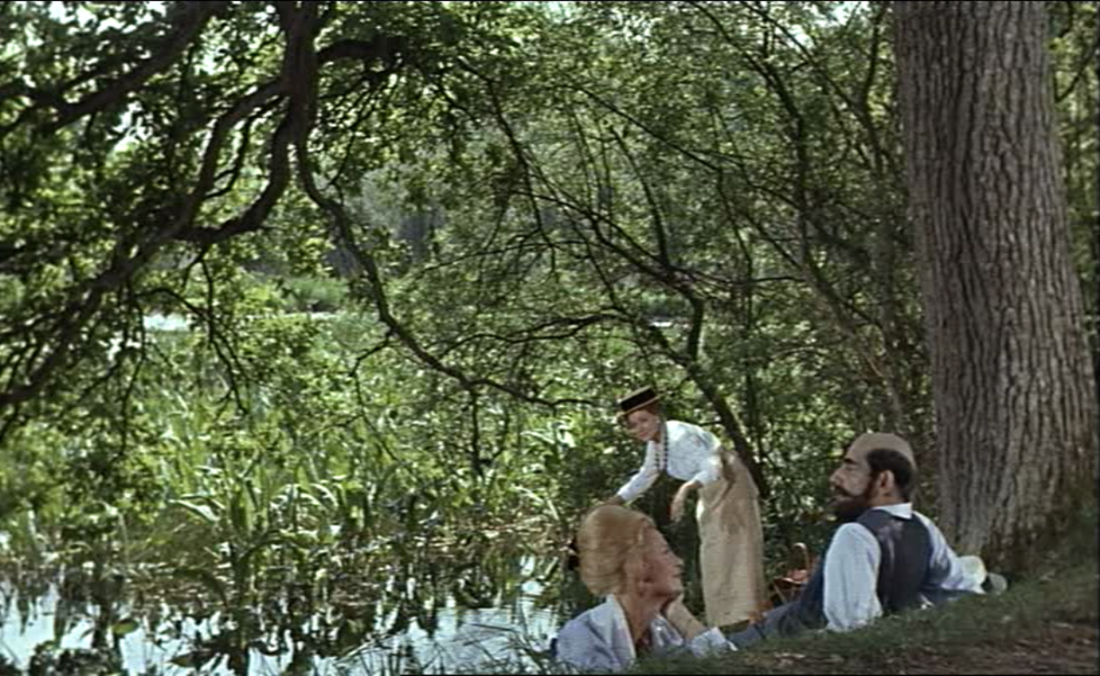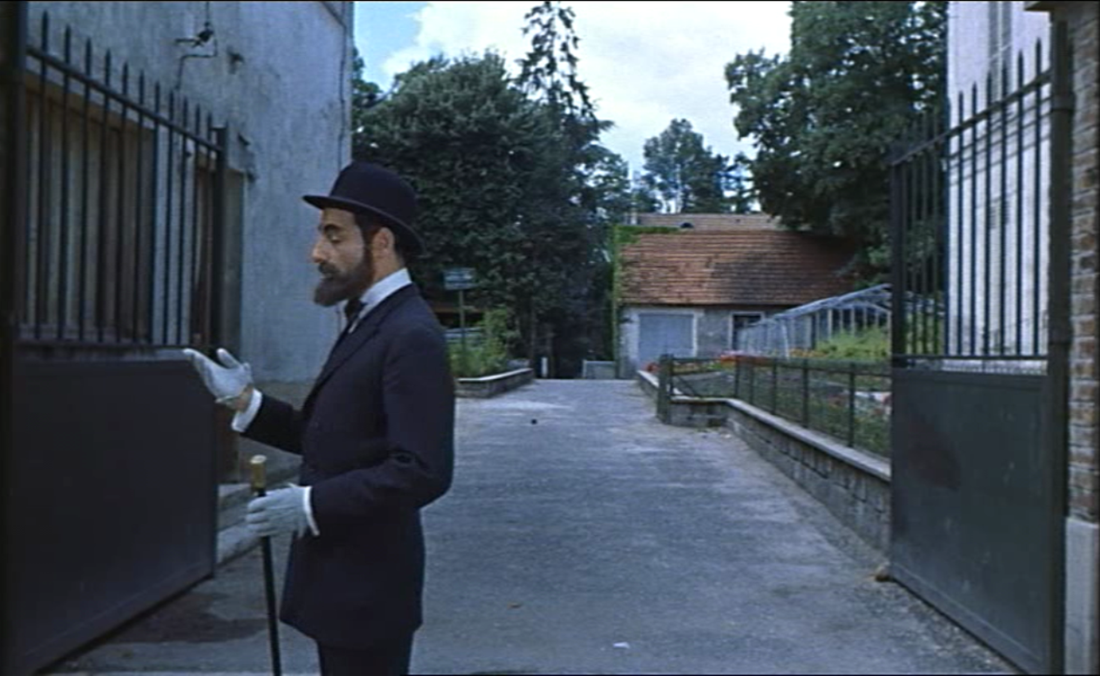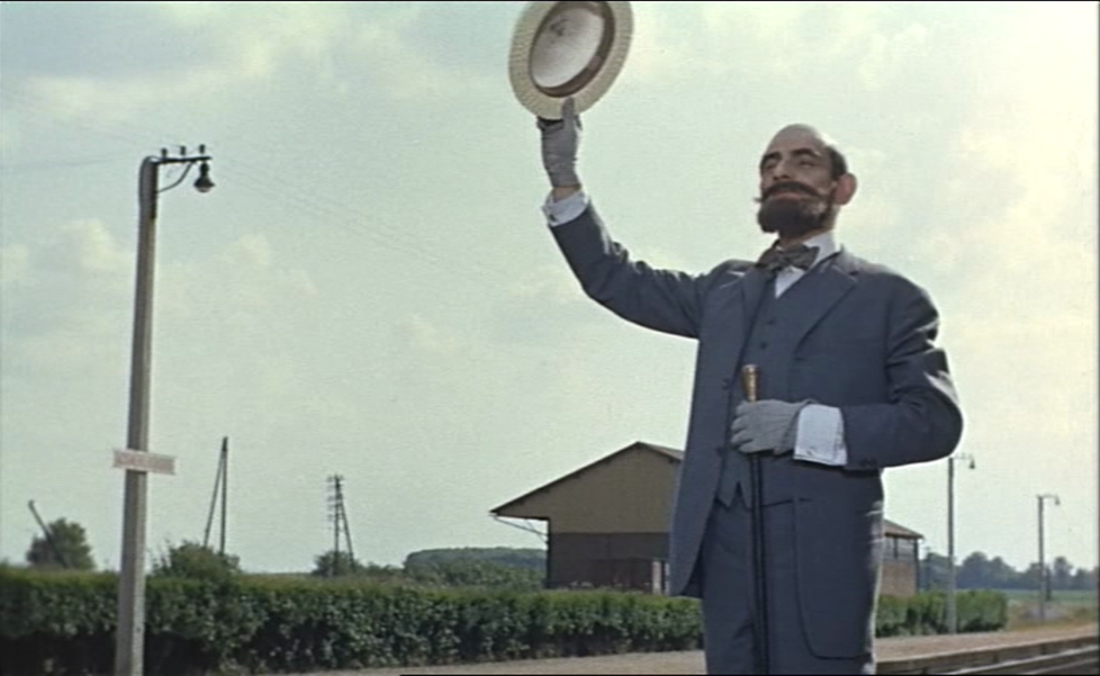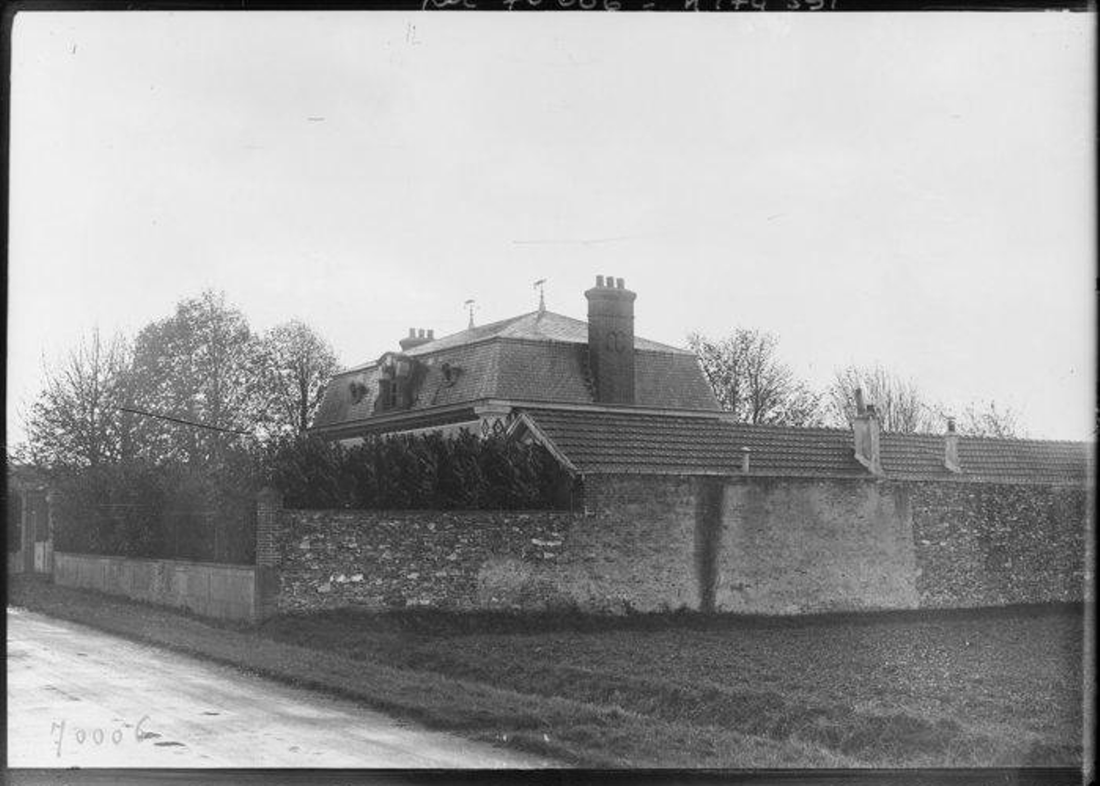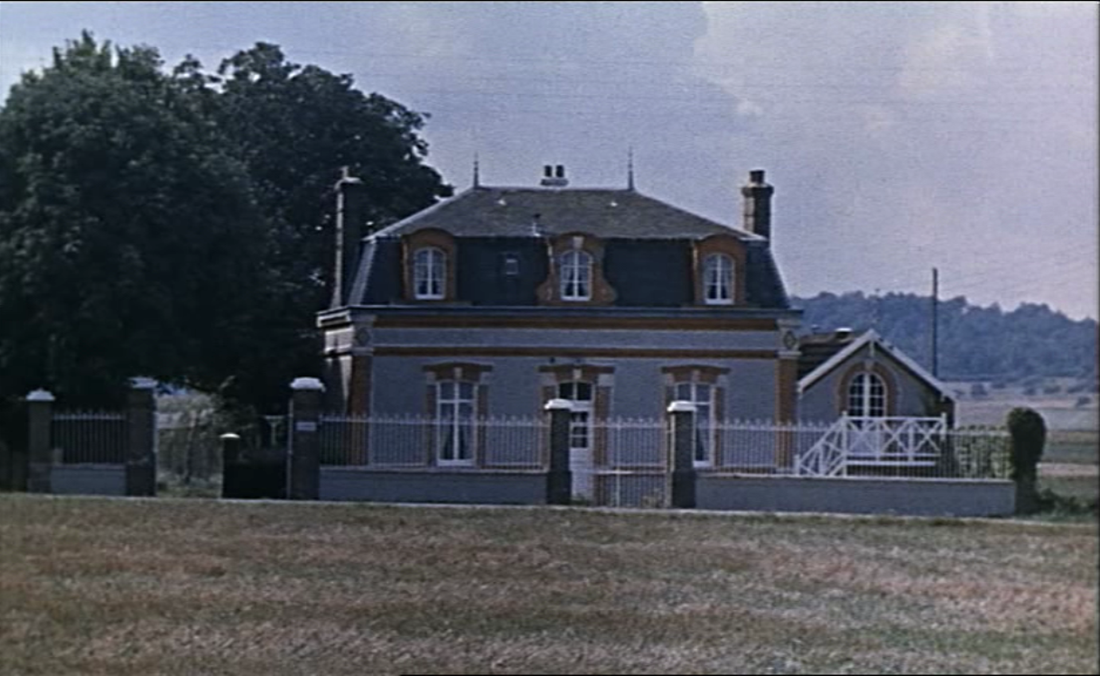The Landru Villa
I was looking for suburban villas that might be those we see in films by Feuillade (see here), and amid the many fanciful edifices to be found in the île de France region (see here) I came across postcards showing a very ordinary villa near Gambais, Seine-et-Oise, in what is now les Yvelines. The only thing that distinguishes this villa is that it was the site of murders committed by the serial killer Henri Landru:
Landru killed seven of his eleven victims in this villa between December 1915 and January 1919. This postcard, judging from the Renault 4CV, is from the 1940s, but souvenir postcards of the villa were already circulating in the early 1920s, not long after Landru's execution in February 1922. Here is a card posted in December of that year:
The humorous lines appear to have been added from an early date. Here is the same image in 1923, with the poem:
|
'To prove that Love is a fire that devours, Landru to his home one day invited them – ardent and joyful, eager to love again! Then the spark flashed! and the stove roared.
Moral: It is ill-advised to frequent men who have stoves.' The Moral at the end turns on two puns, firstly, the figurative expression 'il en cuit' includes the verb 'cuire', to cook, and, secondly, 'poêle', for stove, sounds like 'poil', hair. Landru had a striking beard, was 'poilu', and disposed of his victims' bodies by burning them in his stove. The magazine cover right and the postcard below are in a similar vein: |
The villa quickly became a tourist attraction. After the trial it was bought by an entrepreneur who opened a hotel and restaurant, Le Grillon du Foyer, with a museum dedicated to Landru's crimes:
It is now a private residence, though still a draw for murder tourists - see e.g. here. In 1963 it supplied an authentic location for Chabrol's film Landru. The film give several views of the villa's exterior, in particular of the chimneys - smoke from which indicates a body being disposed of:
Other views are of the garden, front and back:
And we see the field between the villa and the nearby church:
|
The use of the actual murder house as a location is related to the film's engagement with authenticity, on a par with the use of the trial transcripts and the insertion at intervals of actuality footage from the war.
Chabrol's use of war footage invites comparison with another New Wave reconstitution of this period, Truffaut's Jules et Jim (1962). Further comparisons arise through similarities, such as the use in both films of freeze frames to fix the image of women, and through striking contrasts, e.g.: black-and-white vs colour; real locations vs studio constructions; the use of works by Picasso (in reproductions) vs the use of (authentic) period bric-à-brac. |
|
Landru, who is a dealer in second-hand furniture, paintings and objets d'art, has a storeroom that represents perfectly the film's own acquisitive approach to such objects:
The space in which these authentic pieces are assembled is itself, of course, inauthentic, constructed in the studio.
As befits a crime-cum-courtroom drama, the headlines of newspapers are shown to signal stages in the procedure:
Surprisingly, since there were genuine headlines in the newspapers of 1921 to illustrate the progress of the prosecution, not one of these newspapers is authentic. Every one of is a confection made for the film.
Newspapers are easy to fake; books less so. When Landru meets the woman who will be his mistress, rather than victim, the book she is reading is a genuine object of the period, Jules Mary's Le Châtiment d'un monstre, first published in 1909:
On the other hand, when Landru walks past a man putting up a poster for a film, the object is anachronistic, since the film in question, Metro-Goldwyn's So This Is Marriage?, dates from 1924:
I have not noticed any other lapses of the kind.
At the same time as it as it aspires to period authenticity, Chabrol's film revels in the artificiality of period reconstruction. Charles Denner's bald head and tailored beard are accurate but patently false:
At the same time as it as it aspires to period authenticity, Chabrol's film revels in the artificiality of period reconstruction. Charles Denner's bald head and tailored beard are accurate but patently false:
The interiors, though no doubt assembled from authentic elements, foreground gaudy artifice:
Looking back in 1995, Chabrol commented: 'It was filmed entirely in the studio, with Jacques Saulnier as designer and Charles Mérangel as decorator [other sources give Georges Houssaye as set decorator]. There were eighty different décors, some of which were just backdrops, where everything depended on the furniture. It was highly stylised, there was just enough to fill the frame, nothing more.' Positif 'hors série: Cinéma et mobilier' (décembre 1995), p.54.
Several of the film's studio-created sets make no attempt to pass for real places. Some are, rather, evocations of how early cinema registered or staged reality. The artisan on the right, here, seems to have walked into the film from the platform at La Ciotat:
Chabrol's fake railway carriage travels through a real landscape exactly as, sixty years before, a fake railway carriage in a Pathé scène grivoise had travelled through a real landscape:
Landru sleeps in his cell like the condemned man in Zecca's 1901 Histoire d'un crime or, here, Méliès's Les Incendiaires (1906):
And the site of Landru's execution, if it is modelled on the real prison at Versailles, also has as model the sites of execution constructed by Méliès and Zecca in their studios - as here, in La Vie d'un joueur (1903):
Despite Chabrol's claim that everything was filmed in the studio, there are a number of real locations in Landru. The film returns several times to the Jardin du Luxembourg, and there are at least six further exteriors, in and outside of Paris:
And of course there is the villa, where this post began. Like the locations above, the Landru villa is a real place embedded in an artificial world, but it is different because of its connection to the real events - because it appears also in press photographs documenting those real events:
Despite the effort made to use this authentic location, the film is not preoccupied by its authenticity. Over its real but dull exterior the film privileges, rather, those decorative but false interiors created by Saulnier and Mérangel, making very clear a preference for art over reality:
